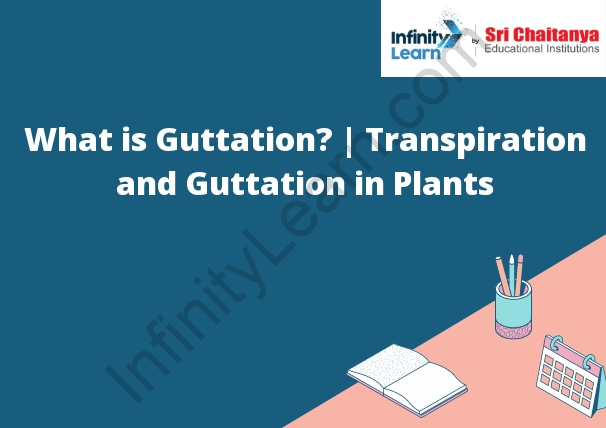Table of Contents
What is Guttation? – Transpiration and Guttation in Plants
In plants, water is constantly being lost through transpiration. This is the process by which water is drawn up through the plant’s roots and evaporates from the leaves. Guttation is a process that helps to replace some of the water that is lost through transpiration.
Guttation occurs when water droplets form on the tips of the leaves. These droplets are the result of water that has been drawn up from the roots and then deposited on the leaves. The water droplets usually occur in the early morning, when the air is cool and the humidity is high.

- Water loss from plants occurs by two processes, transpiration and guttation. Transpiration is the loss of water vapor through the leaves, while guttation is the loss of water droplets from the tips of the leaves.
- Transpiration occurs as water vapor escapes from the tiny pores, or stomata, in the leaves. The water vapor is carried away by the wind or by the air currents in the greenhouse. Guttation occurs when water droplets form on the tips of the leaves and are then carried away by the wind or air currents.
- The amount of water that is lost by transpiration and guttation varies depending on the type of plant, the weather conditions, and the time of year. The amount of water lost by transpiration is usually greater than the amount of water lost by guttation.
Transpiration
- Most plants need water to grow. The water is absorbed by the roots and travels up the stem to the leaves. The leaves use the water to produce food in a process called photosynthesis. Some of the water is also used to cool the plant. The water that is not used is lost through the leaves. This loss of water is called transpiration.
- The rate of transpiration depends on the humidity of the air, the temperature, the wind, the size of the leaf, and the type of plant. The higher the humidity of the air, the less water is lost through transpiration. The warmer the temperature, the more water is lost. The wind speeds up the process of transpiration. The larger the leaf, the more water is lost. And the type of plant that transpires the most is a conifer.
- Transpiration is important for the plants because it helps them to get rid of waste products and to cool themselves. It is also important for the environment because it helps to regulate the climate.
Transpiration in Plants
- Water is essential for all life. Plants need water to grow, to make food, and to carry out their life processes. Plants lose water through a process called transpiration.
- Transpiration occurs when water is drawn up through the plant’s stem and out of its leaves. The water is drawn up by the plant’s roots, which take in water from the soil. The water is then transported up the stem to the leaves, where it is used to produce food.
- Water is lost from the leaves through a process called evaporation. Evaporation occurs when water molecules escape from the surface of the leaves and turn into vapor. The vapor then rises into the air and is carried away by the wind.
- Transpiration is an important process because it helps plants to get rid of excess water. If a plant did not lose water through transpiration, it would become waterlogged and would not be able to produce food.
- Transpiration also helps to cool the plant. When water evaporates from the leaves, it takes away some of the heat energy from the leaves. This helps to keep the plant cool on hot days.
- Transpiration is also important for plant growth. When water is drawn up through the stem, it brings with it minerals and nutrients that are essential for plant growth.







